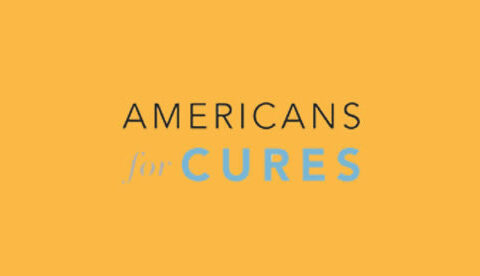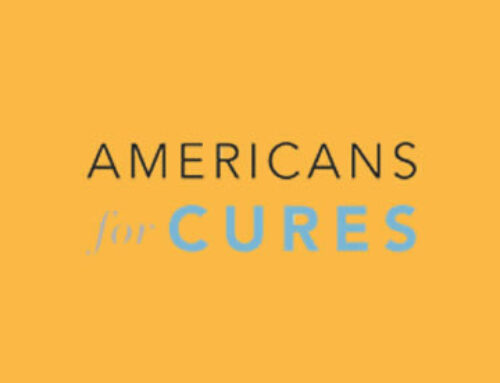One of the wonders of regenerative medicine is its broad applicability, which provides us with the opportunity to build upon existing knowledge and concepts. In the midst of a global pandemic, researchers have responded to the needs of patients severely afflicted with COVID-19 by repurposing existing therapies being developed to treat patients. The California Institute for Regenerative Medicine (CIRM) responded immediately to the pandemic and to researchers wanting to help by providing $5 million in emergency funding for COVID-19 related projects. In a short time span, this funding has driven innovation in the form of 17 new projects targeting COVID-19, many of which are based on previously developed concepts being repurposed to deal with the novel coronavirus.
One such example is a clinical trial funded by CIRM that uses natural killer (NK) cells, a type of white blood cell that is a vital part of the immune system, which are administered to patients with COVID-19. NK cells play an important role in defense against cancer and in fighting off viral infections. In fact, this exact same therapy was previously used in a clinical trial for patients with Acute Myeloid Leukemia, a type of blood cancer.
Another clinical trial funded by CIRM uses mesenchymal stromal cells (MSCs), a type of stem cell, to treat acute respiratory distress syndrome (ARDS), a life-threatening lung injury that occurs when fluid leaks into the lungs. As a result of ARDS, oxygen cannot get into the body and patients have difficulty breathing. ARDS is one of the most serious and lethal consequences of COVID-19, which is why this trial was expanded after the coronavirus pandemic to include COVID-19 positive patients.
Despite these great strides in driving innovation of therapies, one challenge that still needs to be tackled is providing patients access to these therapies, particularly people from underrepresented and underserved communities. In California alone, there have been over 621,000 positive cases as of August 2020, with more cases every day. However, the impact of the pandemic is disproportionately affecting the Latinx and African American communities more than others. An analysis by the Los Angeles Times found that the Latinx and African American communities have double the mortality rate from the coronavirus in Los Angeles County. Additionally, a surge in cases is being seen in poorer communities in comparison to wealthier ones.
Until a vaccine can be successfully developed and implemented to obtain herd immunity, the number of cases will continue to climb. There is also the challenge of the long term health effects of COVID-19, which can consist of neurological, breathing, and heart problems according to an article in Science. Unfortunately, a study published in the New England Journal of Medicine found that despite disproportionately higher rates of COVID-19 infection, hospitalization and death among people of color, they are significantly underrepresented in COVID-19 clinical trials.
The challenge of underrepresentation in clinical trials and research needs to be addressed by creating a more diverse population of study participants, so as to better generalize results to the U.S. population as a whole. CIRM Board Member Ysabel Duron, a leading figure in cancer education in the Latinx community, has advocated for more inclusion and outreach efforts directed towards underserved and underrepresented communities. By communicating with patients in underserved and underrepresented communities, building relationships established on a foundation of trust, and connecting patients with potential trial matches, underrepresentation can be alleviated.
To help in addressing these disparities, CIRM has taken action by changing the requirements for its discovery stage research projects, which promote promising new technologies that could be translated to enable broad use and improve patient care, and clinical trial stage projects.
For clinical trials, all proposals must include a written plan in the application for outreach and study participation by underserved and disproportionately affected populations. Priority will be given to projects with the highest quality plans in this regard. For discovery projects, all proposals must provide a statement describing how their overall study plan and design has considered the influence of race, ethnicity, sex and gender diversity. Additionally, all proposals should discuss the limitations, advantages, and/or challenges in developing a product or tools that addresses the unmet medical needs of California’s diverse population, including underserved communities. There is still much more work that needs to be done to address health disparities, but steps such as these can help steer progress in the right direction.
Driving innovation while addressing health disparities among people of color is just one of many opportunities and challenges of regenerative medicine in a post pandemic world. This blog post is part of Signal’s fifth annual blog carnival. Please click here to read what other bloggers think about this topic.









